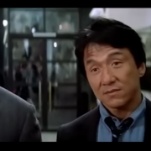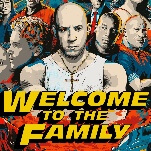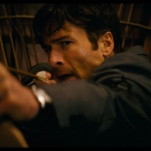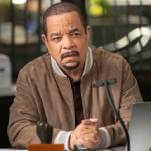Set five years after Outrage, the movie focuses on the machinations of organized-crime detective Kataoka (Fumiyo Kohinata) as he tries to bring down the syndicate created at the end of the earlier film—first by instigating an internal power struggle, and then by securing the parole of Otomo (Kitano, credited under his stage name, Beat Takeshi), an old-school gangster long presumed dead by both his enemies and his bosses. Like Kitano's other forays into the genre, Beyond Outrage deliberately sucks all of the cool out of the yakuza film, leaving only unchecked brutality and petty squabbling. "Honor" is less a precept than an excuse—for violence in Outrage, and inaction in this film. By focusing on the yakuza's reluctance to act instead of their fidgety eagerness, Kitano inverts the first movie's narrative formula; rather than overreacting to every perceived infraction, Beyond Outrage's gangsters have to be continually goaded into action by Kataoka.
Kitano successfully avoids repeating the first film (admirable, since Beyond Outrage is essentially a cash-in produced to help fund Kitano's less commercial personal projects), but the trade-off is that the plot takes a good deal longer to get going. This is problematic, since Beyond Outrage retains its predecessor's runaway pace; in the early stretches, the mismatch between story and pacing becomes something of a liability (especially, perhaps, for viewers who haven't seen the first film). However, the two eventually sync up when Otomo gets released from prison, suggesting that Kitano's abrupt-but-understated style works best when playing off his singular screen presence.
Of all the great actor/directors, Kitano has probably come the closest to creating a style that parallels his approach to acting. He's a master of underplaying (he's one of the few actors who can underplay shouting), and his visual sensibility—with its emphasis on subtly low angles, off-screen space, and longish takes—has a knack for de-sensationalizing action in a way that makes it seem commonplace, and therefore even more unnerving. Beyond Outrage's moments of extreme violence—point-blank gunfire, a power-drill execution, a yakuza chewing off his finger, a slow death via baseball pitching machine—either come at the end of a long take or occur just out of frame. The effect is shocking, because it betrays a certain viewer expectation. The subtle cue that something bad is going to happen (a change in camera angle, a cut) is deliberately left out.
This sensibility extends to the way Kitano tells stories. Neither the visual compositions nor Keiichi Suzuki's score—an eccentric mix of guitar feedback textures and MIDI instrumentation—foreshadow where a scene might be headed, which means that narrative turns which might seem predictable in a more conventional context come across as unexpected. It's this sense of unease and unpredictability that makes Beyond Outrage's second half so entertaining as a piece of genre filmmaking, capped off by an appropriately abrupt ending that manages to be both fitting and surprising.









































